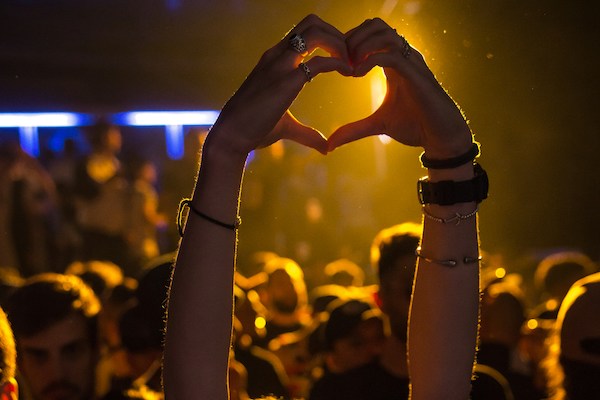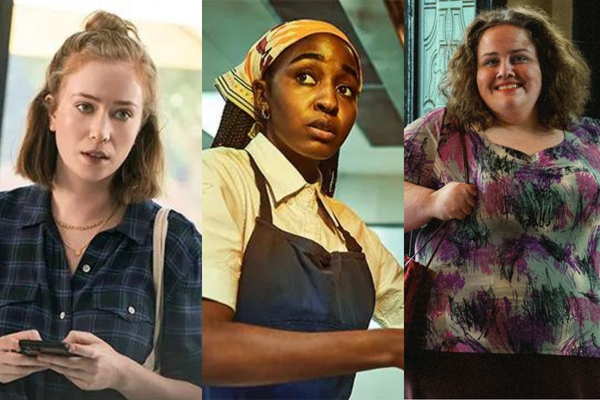
Girl In A Coma + Krissy Krissy + Frankie & Betty
November 14, 2013
Fortune Feimster Headlines Dinah Comedy Night
November 18, 2013One of the realest movies you haven’t seen
By Luella Garies
What do American History X and Blue is the Warmest Color (La Vie d’Adèle) have in common? This is what I asked myself when I decided to put this French romantic drama on my list of favorite movies next to the film about neo-Nazis. A simple theme kept going through my head while watching “Blue” (BitWC): this is so real. Not only is the cinematography so up close and realistic as to incite giggles upon watching the main character eat, but the movie compels us to identify and empathize with her in uncomfortably real ways that are rarely seen on screen.
In American History X, the extreme violence of the neo-Nazi protagonist may be as likely to incite anger as identification — understandably so — but, at the time of viewing, I was striving to overcome intense feelings of anger. That experience of struggling with intense and uncomfortable emotions strikes me as so real because it is one of the central struggles of life for many and because it is one of the things that we like to pretend is not real. It is so real because it is at the center of the questions of what causes violence and what obstructs love, which themselves are central questions for both society and individual. Empathy is an underrated form of love, whose etymology means to “feel with,” and empathy is what allows us to realize that other people and their emotions are real and worthy of understanding and respect.
That is what these two films have in common. The most profound aspect of BitWC that lands it on my list of favorites: through compelling story and cinematography, they invite something more human than we may sometimes even feel day-to-day. Something so simple, yet more sought-after than gold: the feeling of being really alive, and real. They do it masterfully. No wonder Steven Spielberg, one of the judges of the Cannes Film Festival where BitWC won the Palme d’Or, hailed the film as courageous. Empathy requires the courage to face our emotions and others’.
BitWC is the story of a shy, introverted high school student named Adèle who discovers her attraction to women as well as the joys and difficulties of a first love. Under peer pressure, she explores sex with a boy she has no sexual interest in. The way the boy gets up and walks away without a parting word when she breaks it off, the way she agonizes afterward over something she can’t put into words, is so disturbingly familiar it strikes with poetic surprise to see it reflected on screen.
Here is a critically acclaimed queer film without gratuitous violence and death, for once. Yet, there are scenes I found hard to watch for their subtler, more quotidian violence. For example, the believable scene where the schoolmate calls her a slut and the parallel scene where Emma does the same, while Adèle stammers her stubborn denial. Even the phenomenally long sex scenes, which may remind you of long nights with a new lover, are so long as to become quotidian. I decided the best time for a restroom break in this three-hour film was in the second sex scene.
I have tried not to include here what other reviews have already beautifully said, but those by A. O. Scott in The New York Times and Anthony Lane in The New Yorker offer more detail.
Blue is the Warmest Color is now playing in Washington, D.C., at E Street Cinema. The film is based on a graphic novel by queer author Julie Maroh and an unfinished 18th-century book by Pierre de Marivaux.





